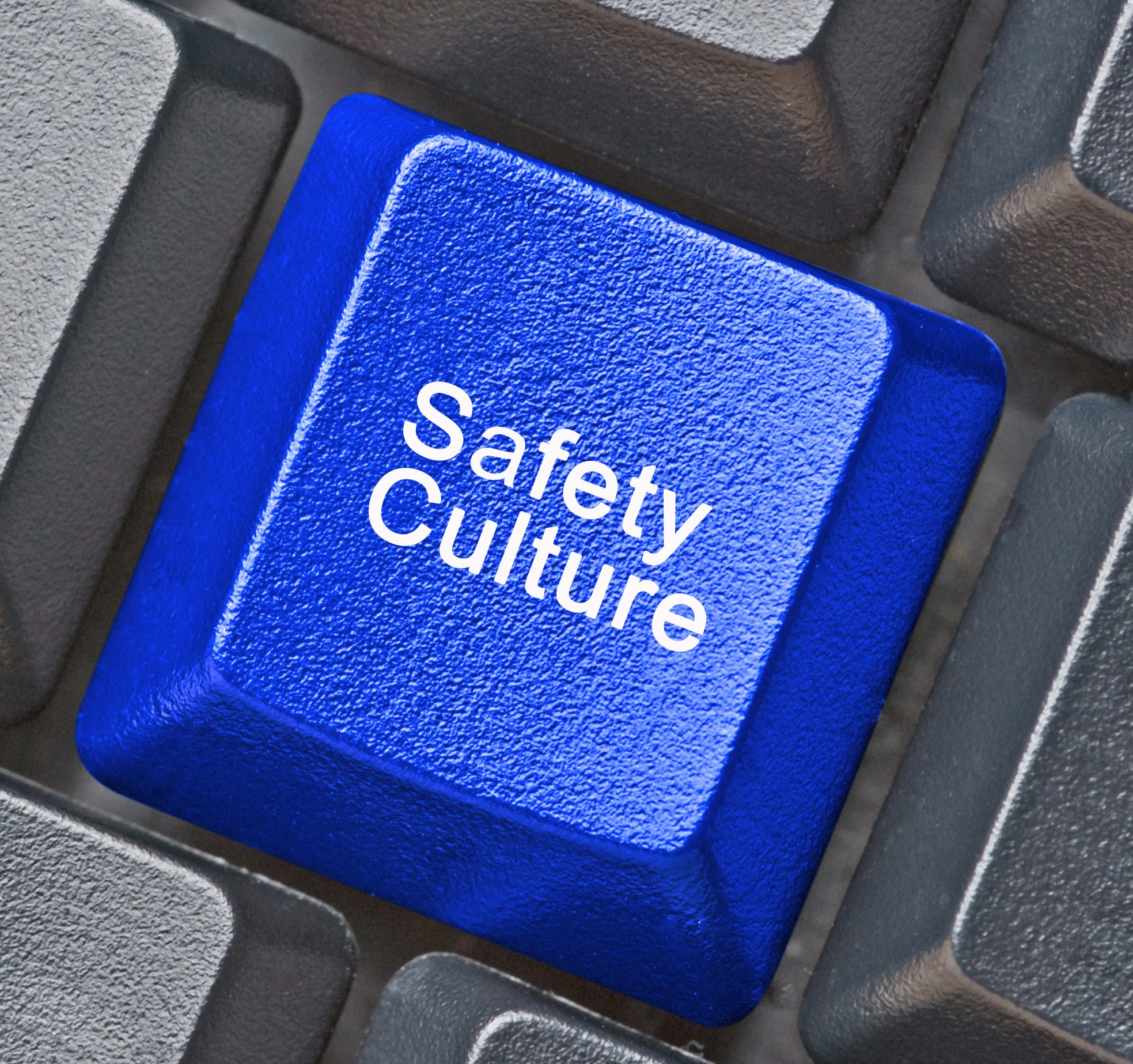Why ‘rules first’ won’t improve your plant or site safety performance
A foundation of rules isn’t the way to build a thoughtful, caring safety culture.



A foundation of rules isn’t the way to build a thoughtful, caring safety culture.
In the first article of his series on the cardinal safety ‘rules’ for line managers, JMJ Managing Director – Major Capital Projects, Mike Goddu, listed ten safety rules he believes every line manager should consider adopting. In this second piece, he adds a caveat, arguing that, while it’s essential to have standards in place, ‘rules first’ isn’t the right way to build a safety culture.
Let me begin with a clarification. Adding more rules and compliance is unlikely to improve your plant or site safety performance. I recognized this when I wrote my previous article, but purposely chose a provocative title. My intent was (and is) to challenge managers not to impose cardinal rules on their workers without adopting high standards of ethics, leadership and learning for themselves.
In my travels I hear divergent views on rules. Most line and HSE managers I speak with believe a foundation of rules and an accompanying structure of discipline for a breach or non-compliance must be in place before they can build a more thoughtful, caring culture. I don’t think ‘rules first’ is correct.
When learning to pilot a plane (certainly a high-risk operation) a good instructor will likely repeat the phrase, “Procedure then technique.” “Life-saving steps” are memorized and then practiced repeatedly by student pilots. This is an interesting revision to rules first: What are the practices to ensure safety, rather than the rules requiring enforcement? Maybe drill those so they become “how we do it around here.” A few thoughts to consider:
Accountability doesn’t equal punishment – To me, the word accountability means: “I will answer for my behavior, and performance, including factors in and out of my control. I will stand up and answer clearly and responsibly, without guilt or blame for my actions and results.”
A ‘just culture’ shouldn’t be used as a pretext to sanction punishment, but that’s how a lot of organizations use it. Sure, they “adjust the penalty to the crime” in a rational way, but it is punishment, nonetheless. Typically, the responses are retributive. Punishment should be reserved for criminals, not workers trying to get a job done. I don’t see workers committing crimes. Certainly, there are a few bad actors, but these are not the real problem on our operating sites.
Shifting from punishing errors to learning from them may seem weak to some, but I assure you it takes a lot of courage. I can hear the replies already:
I’d be prepared to risk looking ‘soft’ as a trade-off for building a community of people who care, who respect, rather than fear, leadership and who work for a company that’s looking to improve, not punish.
In my previous article, and again above, I wrote, “zero isn’t possible.” It’s understandable why many companies use “zero incidents” as a rallying cry. Let’s face it, “Almost none” isn’t a great tagline. But, as your company matures in its safety transformation journey, consider changing this. Zero is an attention-getter, but it’s a black and white concept that simply doesn’t hold true. Clinging to the notion that zero is possible, pulls focus away from safety-critical activities and risks as managers and HSE professionals find themselves trying to prevent everything, regardless of severity.
We live in an agile, complex world where the kind of static operations which could make improvements toward “zero” no longer exist. Perhaps most importantly, a commitment to “zero injuries” turns too quickly to “zero tolerance.” In this environment, a worker or subcontractor will hide incidents and near misses so as not to blemish the record or lose an incentive.
Close colleagues challenge me on this, “Mike, aren’t you letting go of a powerful stand for safety by weakening your commitment to no incidents or injuries?” I don’t believe I am. Rather I’m recognizing the false security of rules and absolutes. Better to engage others in a dialog for improvement than impose targets and apply incentives that can lead to unintended consequences.
If you’d like to share your views on any of the points raised in this, or my previous blog, ‘Ten cardinal safety rules for line managers,’ contact me.